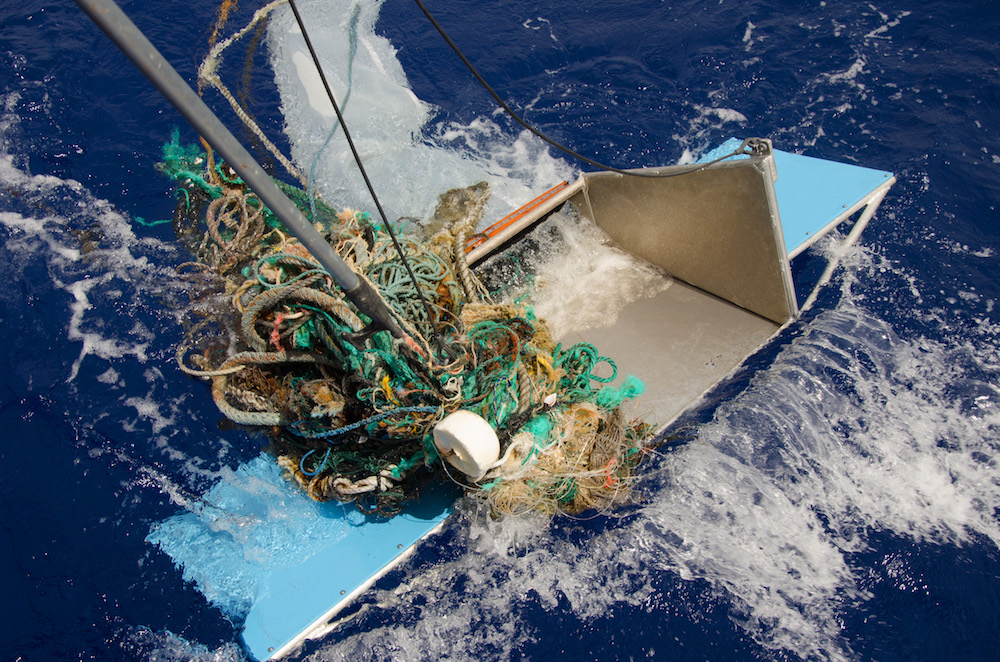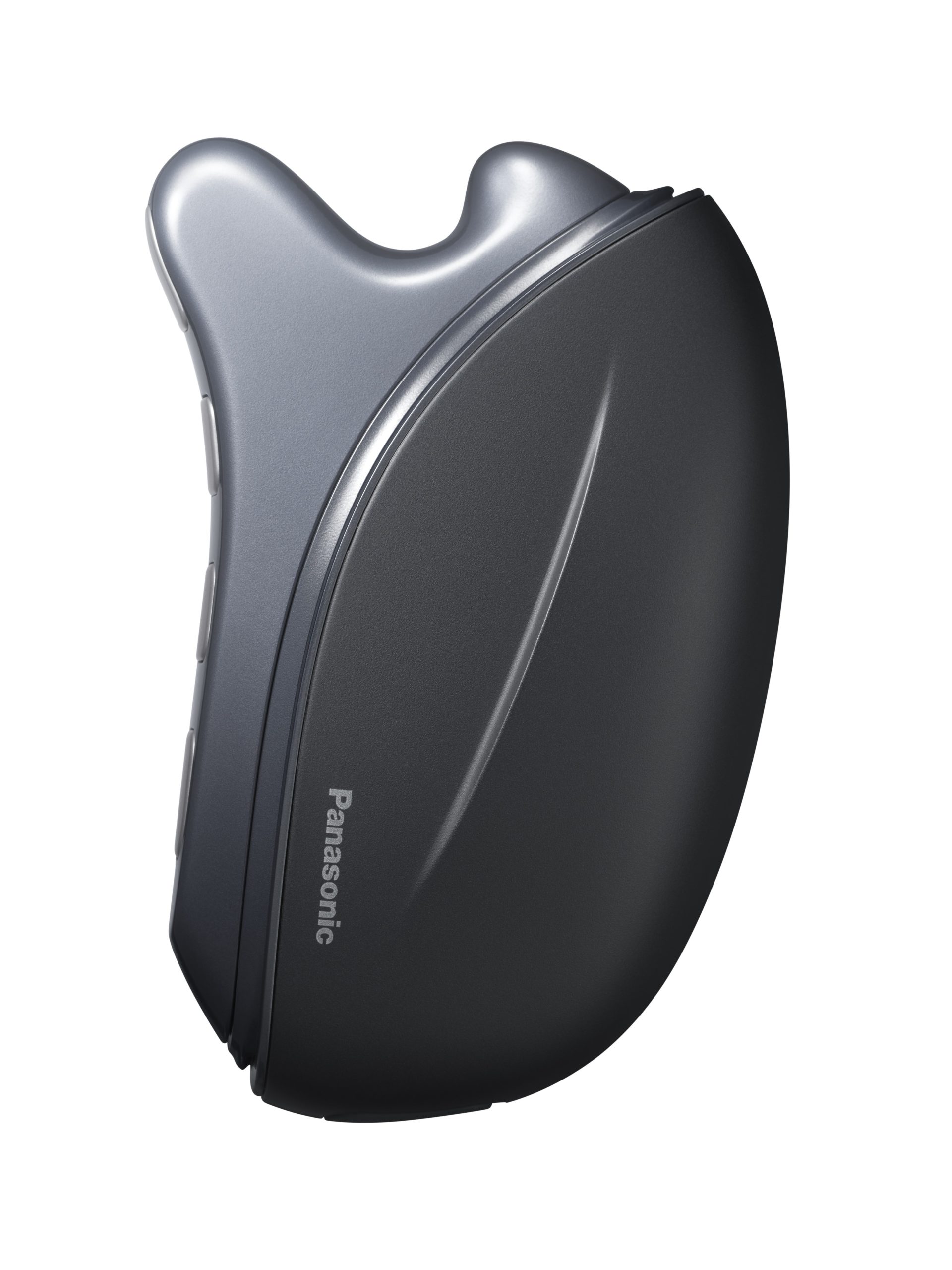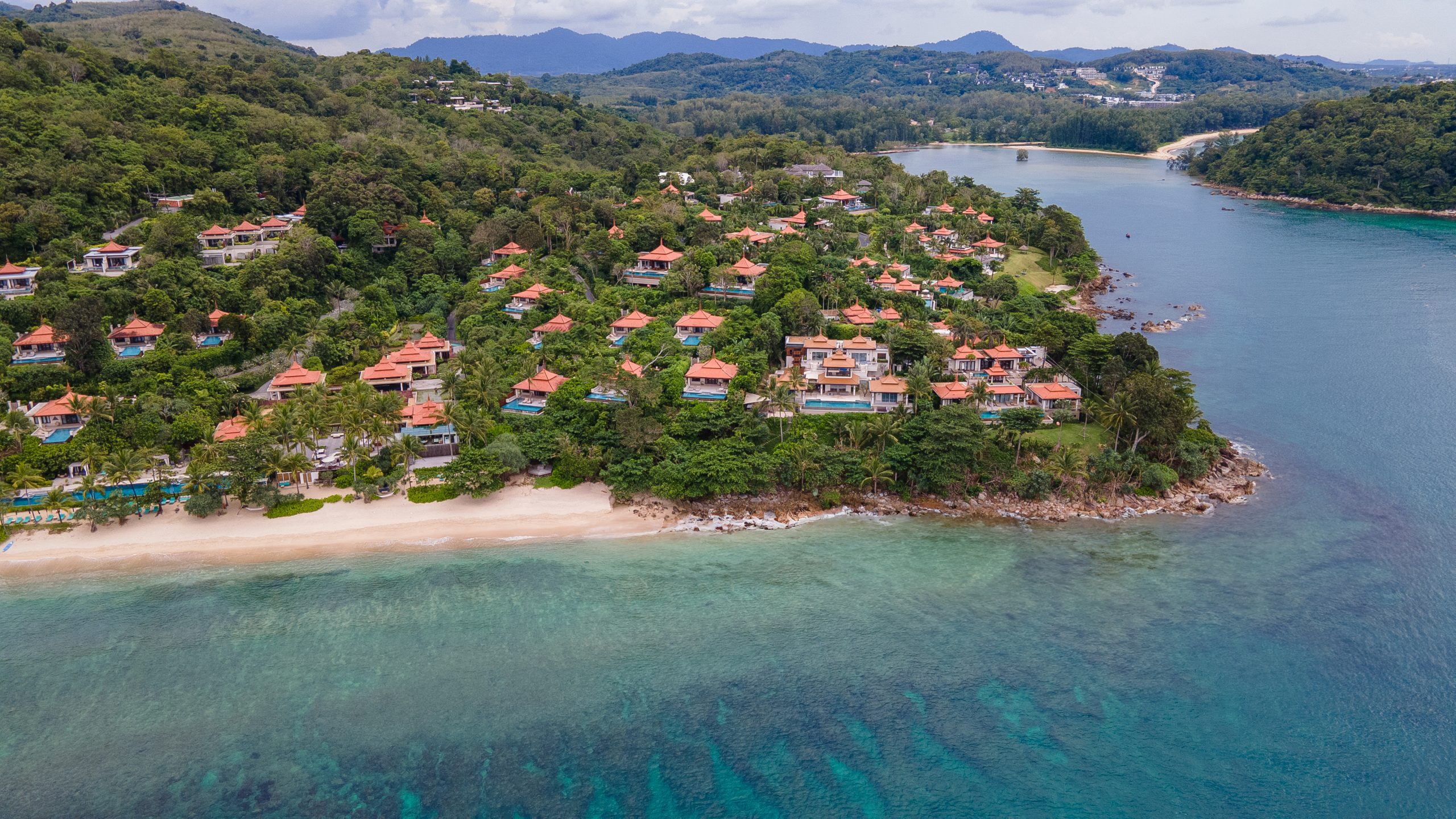
It’s not easy being the planet’s millennial superhero. One moment you’re feted as Earth’s most humanistic entrepreneur and visionary, and the next you’re being accused of attempting to save the wrong part of the planet – more specifcally, confronting back-end (ie. reactive) rather than front-end (proactive) solutions to the problem. What’s a conscientious fellow to do amid the global kerfuffle?
Such is the lot – and what an unfeasibly large lot it is – of Boyan Slat, the 23-year-old Dutch inventor and entrepreneur who launched The Ocean Cleanup, a non-profit group that develops advanced technological systems that promise to rid the world’s oceans of plastic by the 2050, and energise the so-called “Blue-Green Economy” in the process.
Being Boy Wonder extraordinaire, Slat’s solution was appropriately countercultural; rather than chasing the plastic littering the oceans, he devised a system that, driven by ocean currents, would make the plastic concentrate itself and come to him, reducing the theoretical clean-up time from millennia to mere years. Slat’s working for nature with nature, using the natural currents of the water to his advantage.
So committed is he to the cause, Slat dropped out of an aerospace engineering degree at TU Delft to start The Ocean Cleanup in 2013. Two years later, Time magazine named it one of the world’s best inventions of 2015. The first clean-up prototype was launched a year later in June 2016 and The Ocean Cleanup now prepares to launch its first full-scale operational system into what’s called the Great Pacific Garbage Patch in early 2018. The aim is for “full-scale deployment of our systems, which we estimate will clean up 50 per cent of the Great Pacific Garbage Patch by 2023,” says Slat.
A little perspective: in May 2016, the United Nations Environment Programme (UNEP) passed a resolution stating the “presence of plastic litter and microplastics in the marine environment is a rapidly increasing serious issue of global concern that needs an urgent global response.” Urgent isn’t soon enough. A cataclysmic collection of plastic confrontations on a mass-planetary scale is obligational.

The lifeblood of the fast-moving consumer goods industry, plastic has become our lifeblood and the blood of the animals we eat, through widespread dissemination in our food chain. Plastogeddon is not just upon us, but in us – and not just in the ocean, but the earth’s body. “There will be a layer of rock around the world that is going to be plastic at some future point,” says Slat. While plastics may break down into microscopic plastics, they remain in the environment, with estimated lifespans of hundreds to thousands of years. The greatest irony? It’s not like we couldn’t see it; seldom has a problem been so transparent.
Our oceans cover more than 70 per cent of the globe. Their health, humanity’s well-being and the living environment that sustains us all are inextricably interlinked. Yet neglect, ocean acidification, climate change, polluting activities and over-exploitation of marine resources have made it one of the earth’s most threatened ecosystems. More than five trillion pieces of plastic currently litter the ocean. And of that, trash accumulates in five ocean garbage patches, the largest being the Great Pacific Garbage Patch (GPGP), located between Hawaii and California. If left to circulate, the plastic will impact ecosystems, health and economies. Solving it requires a combination of closing the source and cleaning up what has already accumulated in the ocean.
“You research, you test, you research, you test, sometimes you fail,” says Slat. “But you repeat. And you repeat until you get it to work.” Alarmingly, no one else has. The Ocean Cleanup produced a high-resolution map of the GPGP, the first time anyone had ever conducted an aerial survey of the garbage patch. In parallel, hundreds of boat-based experiments did the same. “While conducting these tests, we met hurdles,” says Slat. “The complexity of anchoring the system to the sea bed was the biggest hurdle. How do you go about engineering something like this? We set out to develop a new category of machine. There are so many unknowns, we couldn’t expect the anchor system to work the first time around.”
Slat’s original plans envisaged suspending a large sea anchor in a deep, slow-moving water layer. “We wanted to slow down the system enough so that the plastic moves faster than the clean-up system. This would cause the plastic to accumulate against it,” he says. “Due to the screen’s U-shape, the plastic is funnelled towards the centre of the system. The highly concentrated debris is buffered until it is extracted and shipped to land. In the final outcome, it didn’t work the first, second, third or numerous times.”

It was then, after multiple failures, due mostly to the depth of the ocean and the difficulty of securing the anchor at around 4.5km down, that Slat had yet another of his superhero wake-up calls.
“I thought we had to go one step further,” he says. “To catch the plastic, we had to think like the plastic.” Thus, the team modelled ocean currents at all depths, from the surface to the sea floor, and monitored the relationship between the speed of the current and the depth of the ocean. The impact of the research has been profound on the design; now Slat will deploy a fleet of smaller containers, which will move with the plastic, behave exactly like it – and ultimately capture it.
All Slat’s designs are energy-neutral. “Our systems rely on the natural ocean currents and do not require an external energy source to catch and concentrate the plastic. All electronics used, such as lights and AIS, will be powered by solar energy.” The financing of his clean-up becomes more scalable, too, now the project has been broken into smaller elements. “By gradually adding systems to the gyre, we mitigate the need for full financing up front,” he says. “This gradual scale-up also allows us to learn from the field and continuously improve the technology along the way.”
In The Ocean Cleanup’s most recent research at the GPGP, staggering discoveries were made. The mass of plastics at the surface layer of the patch is 180 times higher than that of marine life, meaning that pollutants are a primary food source for organisms feeding within the area. In those species The Ocean Cleanup examined to determine the plastic-to-food ratio, it was discovered that sea turtles contained 62.5 per cent plastic in their stomachs, with food accounting for a mere 37.5 per cent. And in several species of albatross on a fish-reliant diet, plastic accounted for 45 per cent and food 55 per cent as a mean figure.

It’s not just that ocean plastics take long to break down, or that when they do they become tiny pieces of microplastic that fish or turtles can’t differentiate from food. It’s that they contain harmful substances known as persistent bio-accumulative toxic chemicals (PBTs). Bio-accumulative means that these pollutants can amass in the body of organisms, up to a level that becomes detrimental to the them and to the health of entire food webs. Since ocean plastics possess a wide range of sizes, animals as small as plankton and as big as whales can ingest them. PBTs are added to plastics during the manufacturing process, and can also bind to them at sea through sorption from surrounding waters.
But yet again – and this is a recurrent theme Slat encounters on his mission – even though it is well-known that PBTs are found in ocean plastics, the environmental chemistry and toxicological hazard of plastic-bound pollutants are still little understood. Furthermore, no risk assessment for such chemicals is available.
Slat’s mission can seem a lonely one, but he’s far from working in isolation. Research on The Ocean Cleanup’s PBT project was conducted in tandem with RWTH Aachen University (Germany), Wageningen University & Research (the Netherlands), Universidade Federal do Rio Grande (Brazil), and East China Normal University and Tongji University (China).
Slat’s talks, a sort of Steve Jobs/TED/Elon Musk crossover, are a highlight of his mission. He assembles those who have crowdfunded The Ocean Cleanup’s efforts to date, regales them with updates and displays new technologies his team are about to deploy. The legions whoop as if it were the inaugural iPhone.
“We must clean up this ocean,” says Slat. “We must diffuse this ticking time bomb. This has been my mission since I founded The Ocean Cleanup.” It’s humbling to see, listen and be in the presence of this superhero. “When I first started people said I was a fool, that I should avoid the problem altogether as I’d only make it worse,” he scoffs. “But we all want a future better than the present. We can do this. And we must do this. And we will do this.”
What better utopian incentive for change? Our future is in your hands.
This feature originally appeared in the February 2018 print issue of #legend





